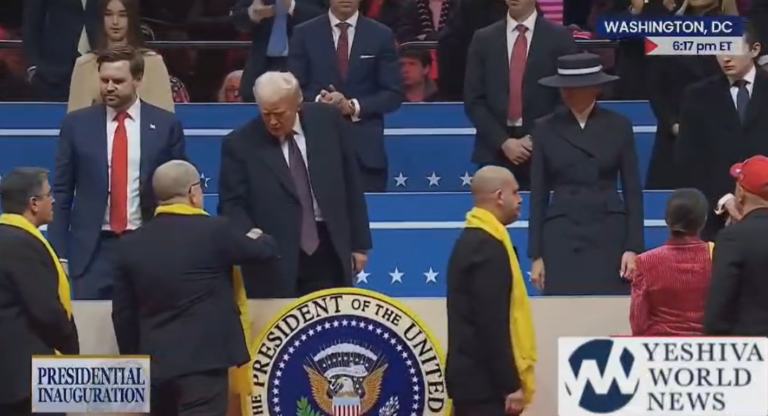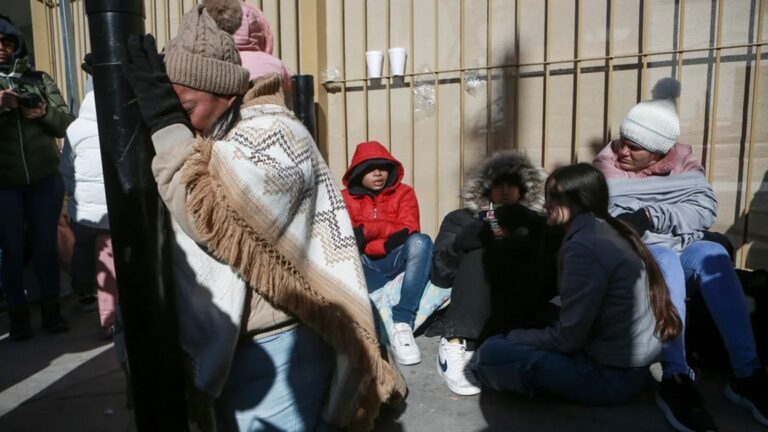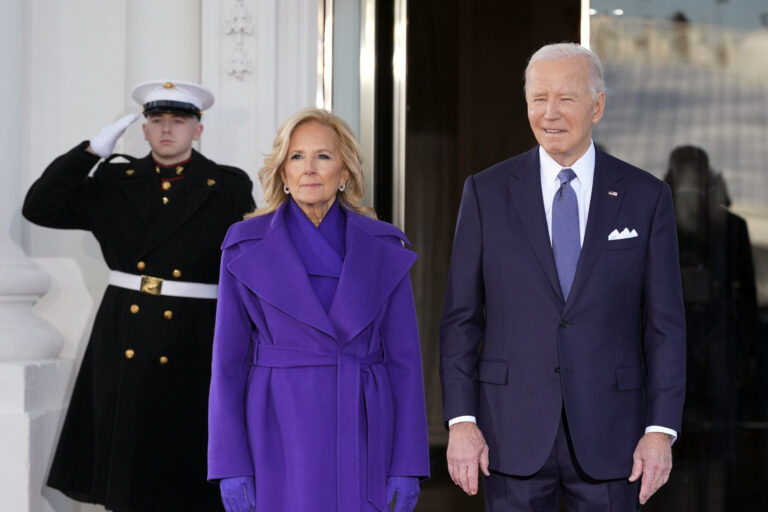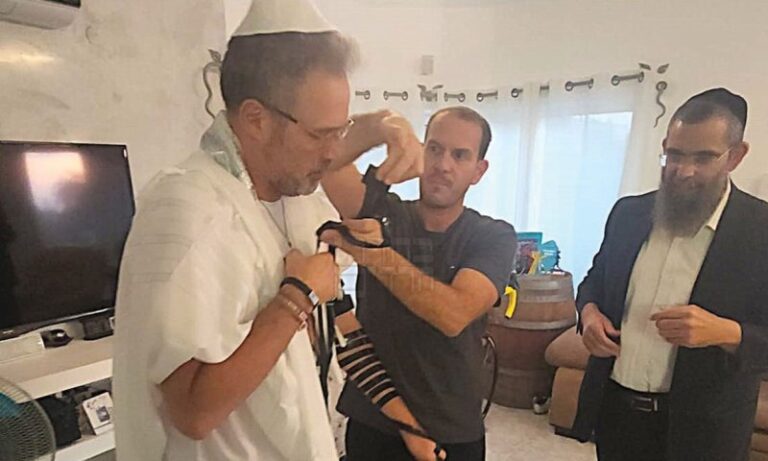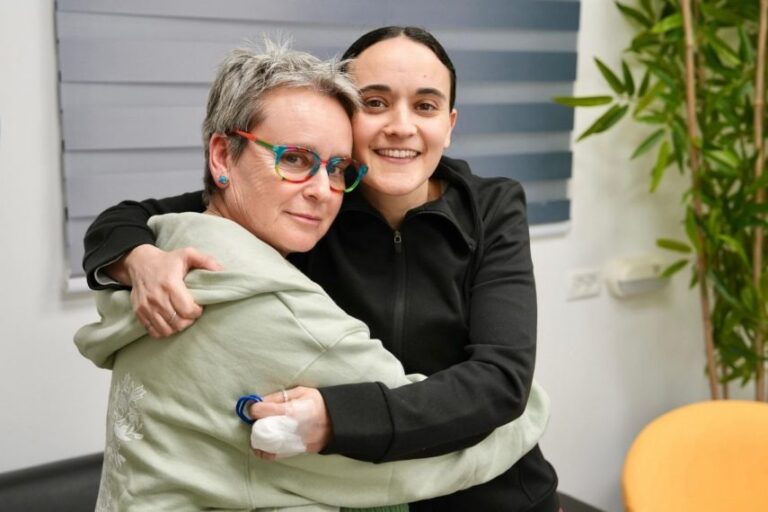The beauty industry continues to thrive, with prestige beauty brands leading the charge in sales growth, outpacing their mass-market counterparts.
According to a recent Circana report, prestige beauty brands saw an impressive 14% increase in sales over the past year, a notable achievement when compared to the 6% growth observed in the mass-market segment. This trend underscores the growing consumer preference for luxury beauty products, even in the face of economic uncertainty.
The robust demand for high-end products
The beauty industry is witnessing a remarkable shift as prestige brands continue to outpace mass-market options in sales growth.
In 2023, prestige beauty sales reached a staggering $31.7 billion, highlighting the robust demand for high-end products. Among these, prestige hair care brands experienced a significant 14% growth in sales, contrasting with the 6% year-over-year rise seen in the mass-market hair care segment.
Interestingly, hair care also emerged as the only category where the majority of sales occurred online, with 52% of transactions taking place on digital platforms. This shift reflects the increasing importance of e-commerce in the beauty industry, as consumers continue to gravitate towards the convenience of online shopping.
The demand for high-end skincare
The skincare category also saw a substantial rise in prestige brand sales, with a 14% increase compared to an 11% growth for mass-market skincare products. The demand for high-end skincare is particularly strong, driven by consumers’ willingness to invest in quality products that promise better results. This trend extends to other beauty categories as well, such as lip makeup, where sales of high-end products like tinted lip oils and balms surged by an impressive 31%.
The gap between prestige and mass-market fragrance brands
Fragrance is another category where the gap between prestige and mass-market brands widened. Prestige fragrance sales soared by 12% year over year, while mass-market fragrance brands only saw a 4% increase. This growth disparity underscores the allure of luxury fragrances, which continue to captivate consumers looking for unique, high-quality scents.
The statistics suggest that despite ongoing economic challenges, consumers remain committed to purchasing beauty products, particularly those from prestige brands. Even the customers on budget seem to indulge in these luxury purchases, using platforms like promo-codes.pt. They provide valuable discounts, such as Primor discount code, making it easier for beauty enthusiasts to buy products from their favorite prestige brands even though they watch their expenses.
Increasing popularity of luxury beauty among younger consumers
This continued growth is driven by a range of factors, including the increasing popularity of luxury beauty among younger consumers. High-end skincare brands are gaining market share, particularly among 45-to-54-year-olds with children under 18 in their households. This demographic shift suggests a growing interest in premium beauty products across different age groups.
Retailers are also capitalizing on the beauty sales boom by forging strategic partnerships. For instance, Ulta surpassed $10 billion in sales last year, bolstered by its collaborations with major retailers like Target. Similarly, Kohl’s has partnered with Sephora to introduce shop-in-shops within its stores, a move that has significantly boosted its performance.
In total, the outlook for the beauty industry remains positive, with sales expected to rise by 6% annually through 2027, according to a McKinsey & Company and The Business of Fashion report.

